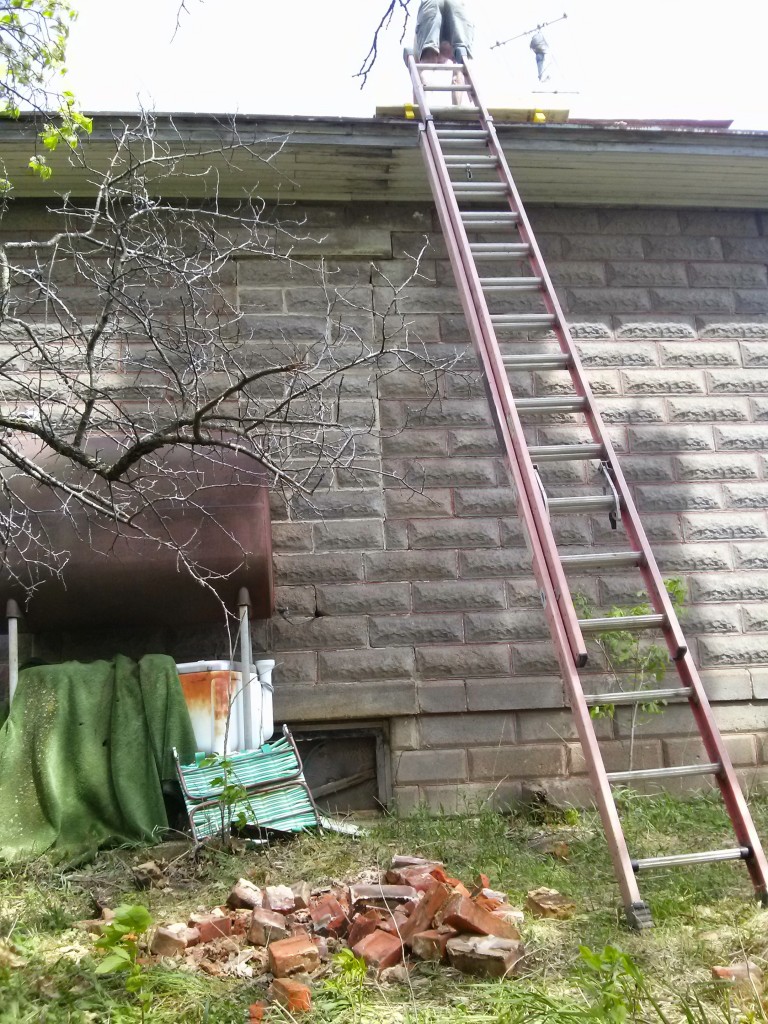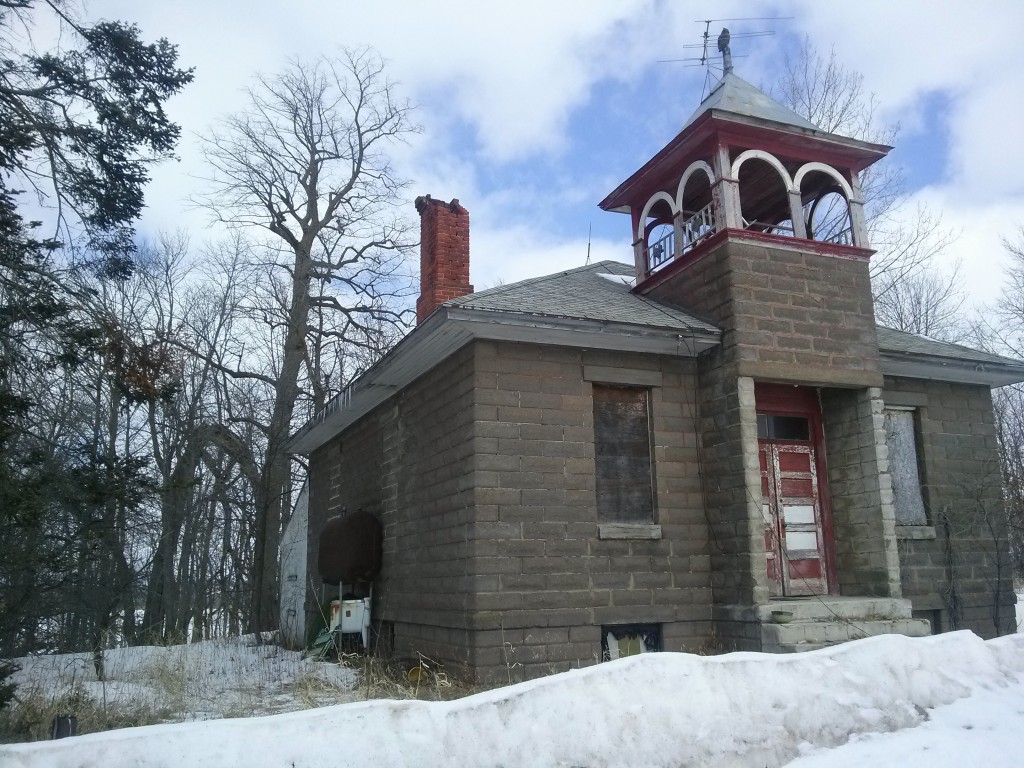When we first explored the outside of the school, we wondered why the west facing windows were all bricked up.
Supplied again by our neighbor, here’s an interesting (if a bit long) early theory on why covering those windows was better for children – at least the right handed ones.
Wow! That’s some theory. We will take it into consideration, but I have a feeling we will much more want the light to shine in.


